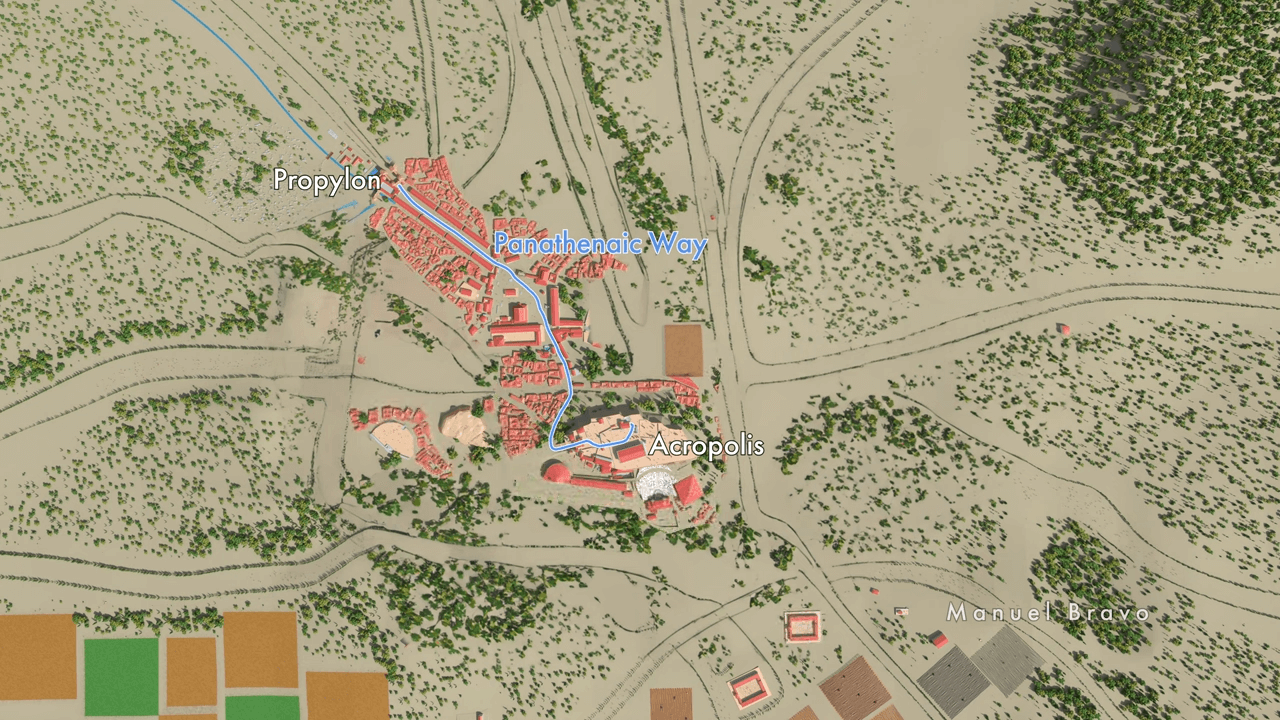New research on the Roche-Cotard cave in France has revealed evidence of Neanderthal artistic expression. French archaeologist Jean Claude Marque first discovered fine lines on the cave walls in 1974, which he suspected were of human origin. Recent analysis using modern methods has confirmed that the marks were made with human fingers and are not tool marks. The cave also yielded other intriguing artifacts, including an object resembling a human or animal face and a potential oil lamp. These findings challenge the traditional view of Neanderthals as mentally inferior and suggest a closer cognitive resemblance to modern humans. The study was led by Dr. Gabrielle Russo and provides groundbreaking insights into the hunting practices and cultural significance of apex predators to Neanderthals.
Another study examined Neanderthal hunting practices and found that they hunted apex predators such as cave lions. The discovery of bones with cut marks and spear thrusts provided evidence of Neanderthal hunting practices. This study contributes to the understanding of behavioral similarities between Neanderthals and early Homo sapiens, indicating complex Neanderthal behaviors and possibly the basis for later cultural developments in Homo sapiens.
A study on Neanderthal diet and use of marine resources revealed significant aspects of their dietary habits in central Germany and Coastal Portugal. Researchers found strategic repetitive cut marks on elephant bones suggesting that Neanderthals carefully butchered these large mammals for consumption. Additionally, the study found evidence of the regular consumption of marine resources, indicating a varied diet.
In this video we look at how the scientific community was able to solve some mysteries surrounding Neanderthals, these relate to their cognitive and hunting skills and also abstract thoughts. One mystery remain elusive and continues to challenge the scientific world.

































































